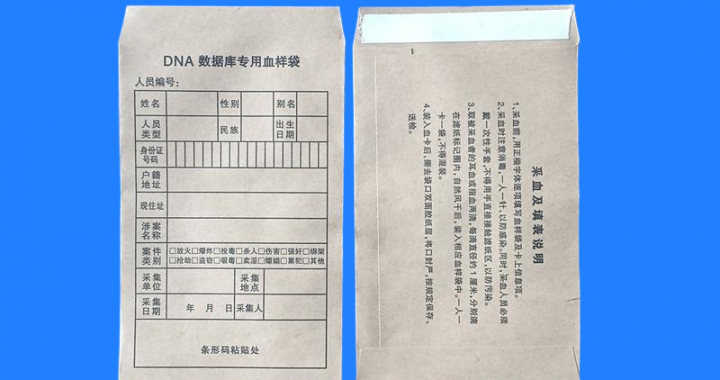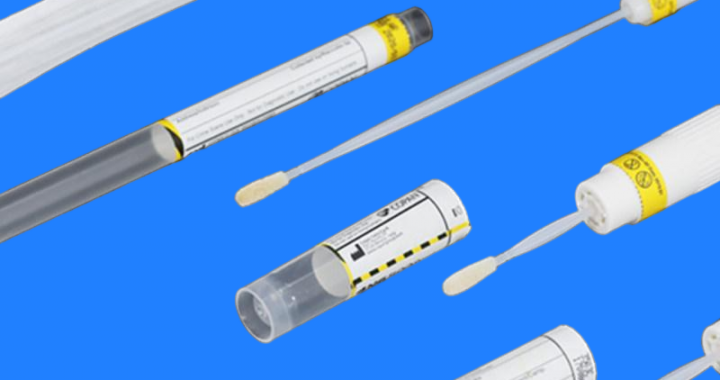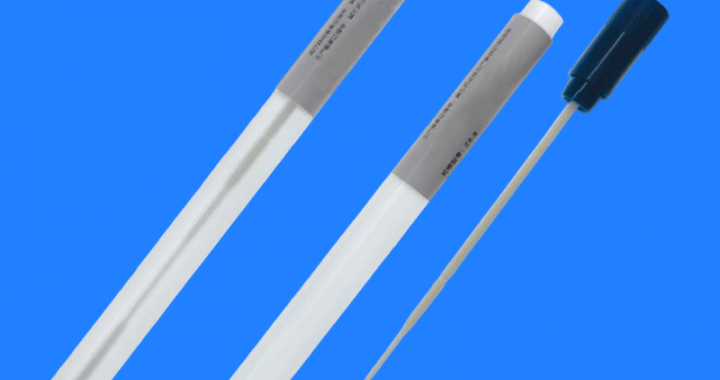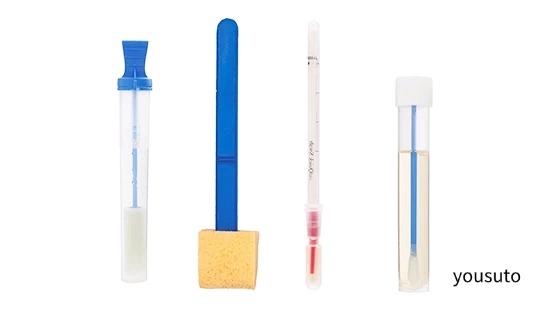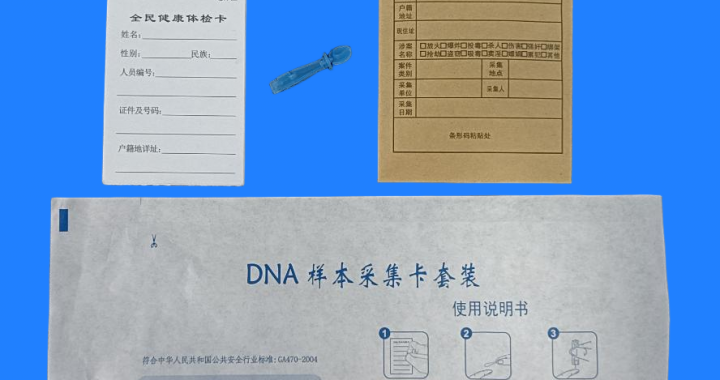Proper packaging of DNA database samples is crucial to ensure sample integrity, prevent contamination, and maintain the chain of custody. The packaging techniques used for DNA storage bags are designed to protect biological samples during transport, storage, and analysis, ensuring reliable and secure results.
Content
-
Importance of Proper DNA Sample Packaging
-
Prevention of Contamination: Proper packaging prevents cross-contamination between samples and external contamination from environmental factors such as air, moisture, and temperature.
-
Maintaining Sample Integrity: DNA is sensitive to degradation from exposure to heat, light, and biological contaminants. Proper packaging helps preserve the quality and viability of DNA samples for accurate analysis.
-
Chain of Custody: Secure packaging is essential for maintaining the chain of custody, ensuring that the sample remains untouched and reliable throughout the collection, transport, and analysis processes.
-
-
Types of DNA Database Sample Storage Bags
-
Sealable, Tamper-Evident Bags: These bags are commonly used for DNA storage, featuring secure seals and tamper-proof mechanisms to ensure that the sample is not altered during transport.
-
Vacuum-Sealed Bags: Vacuum sealing removes air from the bag to minimize the risk of contamination and preserve the sample in a stable, low-oxygen environment. This is particularly useful for long-term storage.
-
Thermally Insulated Bags: Some DNA storage bags include thermal insulation to maintain a stable temperature during transportation, ensuring that the sample remains within the recommended storage conditions.
-
Anti-Static Bags: For samples that may be sensitive to static electricity, anti-static bags help prevent damage to the DNA and maintain the integrity of the sample.
-
-
Packaging Materials and Techniques
-
Sterile Materials: The bags used for DNA sample storage are often made of sterile materials to prevent any microbial contamination. This is especially important for forensic samples.
-
Moisture-Proof and Airtight Seals: Bags should be moisture-proof to prevent sample degradation due to humidity and should have airtight seals to protect against environmental contamination.
-
Labeling and Documentation: Each storage bag should have clear labeling, including sample information (e.g., ID, collection date, source), as well as a chain of custody log. This ensures traceability and accountability for each sample throughout the storage and analysis process.
-
-
Steps for Proper DNA Sample Packaging
-
Step 1: Sample Collection and Initial Preparation
Collect the DNA sample using sterile swabs or containers and immediately place it into the appropriate storage bag. Ensure that the sample is properly labeled before sealing. -
Step 2: Secure Packaging
Seal the DNA storage bag securely using either a ziplock, heat seal, or tamper-evident closure. Ensure that the bag is free of air, moisture, or contaminants. -
Step 3: Environmental Control
If necessary, place the sealed bag into an insulated container or vacuum-sealed bag to control temperature and protect against contamination during transportation. -
Step 4: Labeling and Documentation
Attach a label that includes all relevant details, such as sample ID, collector’s information, date and time of collection, and any other necessary details to ensure the sample can be easily tracked and identified.
-
-
Challenges and Considerations in DNA Packaging
-
Environmental Conditions: Ensuring the sample is stored at the proper temperature is crucial. Packaging solutions with thermal insulation or cold storage options may be necessary for long transport durations.
-
Security and Integrity: The packaging must be tamper-evident and secure to avoid any alteration of the sample or breach of the chain of custody. Any compromise in packaging could jeopardize the reliability of the sample.
-
Legal and Compliance: DNA sample packaging must comply with legal and forensic standards, including regulations for evidence handling, documentation, and transportation.
-
Features
-
Tamper-Evident Seals: Prevents sample alteration and maintains chain of custody.
-
Moisture-Proof and Secure: Protects DNA from environmental contaminants like humidity and temperature fluctuations.
-
Sterile Packaging: Prevents microbial contamination during storage and transport.
-
Clear Labeling: Ensures proper identification and traceability of DNA samples.
Scope
Packaging techniques for DNA storage bags are used in forensic science, criminal investigations, medical diagnostics, paternity testing, and research. These techniques are vital for ensuring that DNA samples remain uncontaminated and viable for analysis, whether they are stored in a lab or transported to another facility.
